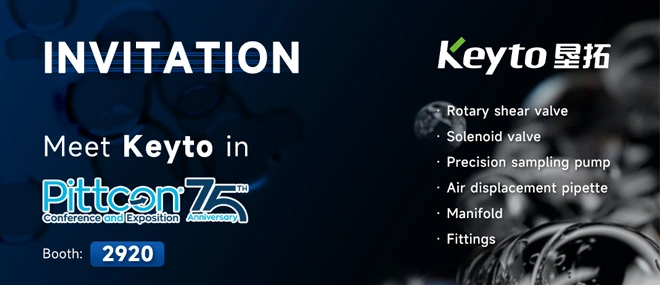+86-755-29516669
- Gallery |
- VR View |
- OEM Service |

In the world of laboratory work, precision and accuracy are key. That's why having the right tools for pipetting is essential. In recent years, positive pressure pipettes have emerged as a game-changer, offering a more efficient and reliable alternative to traditional pipetting methods. In this blog, we will explore the benefits of positive pressure pipettes and compare them to traditional pipetting methods.
Positive pressure pipettes, also known as air displacement pipettes, use a combination of air pressure and a plunger mechanism to dispense liquid with precision. This technology allows for more control over the dispensing process, resulting in more accurate and consistent results. Positive pressure pipette is particularly useful for handling viscous, volatile, or delicate liquids that may be difficult to pipette with traditional methods.
Traditional pipetting methods typically involve using a manual or electronic pipette to aspirate and dispense liquid. While these methods have been used for decades and are suitable for many applications, they do have their limitations. For instance, traditional pipettes may be prone to error due to variations in plunger strength or technique. Additionally, traditional pipetting methods may not be suitable for handling certain types of liquids, such as those that are volatile or viscous.
In contrast, positive pressure pipettes of Keyto offer several advantages over traditional pipetting methods. One major advantage is the ability to dispense liquid more accurately and consistently. Because positive pressure pipettes use air pressure to control the dispensing process, there is less room for human error. This can result in more reproducible and reliable results, particularly when working with small volumes or sensitive samples.
In addition to improving accuracy, positive pressure pipettes can also enhance efficiency in the lab. With traditional pipetting methods, researchers may spend valuable time recalibrating pipettes or troubleshooting errors. Positive pressure pipettes, on the other hand, are designed to be user-friendly and require minimal maintenance. This allows researchers to focus more on their experiments and less on the pipetting process.
Another way that positive pressure pipettes can enhance efficiency is by reducing the risk of sample contamination. Traditional pipetting methods may involve coming into contact with the sample or reagent, increasing the risk of contamination. Positive pressure pipettes, however, are designed to minimize the risk of sample contamination by using a sealed system that prevents contact between the sample and the pipette. This can be particularly important when working with sensitive samples or when conducting experiments that require a high level of cleanliness.
Overall, positive pressure pipettes offer a reliable and efficient alternative to traditional pipetting methods. By using air pressure to control the dispensing process, positive pressure pipettes can improve accuracy, consistency, and efficiency in the lab. Whether handling viscous liquids, volatile samples, or delicate reagents, positive pressure pipettes provide researchers with a versatile tool for their pipetting needs. If you're looking to streamline your pipetting process and achieve more consistent results, consider incorporating positive pressure pipettes into your lab workflow.
